Epic Tips For Hiking With Kids | Successful Family Adventures
Hiking is a great way to get active outdoors, and while hiking with kids may not be challenge-free, it is a great way to enjoy quality time together.
Our kids have walked with us since they were toddlers, gradually building their stamina, and now that they are teenagers, they will happily hike for miles without a second thought.
That said, not all kids will be up for hiking, so making it fun might help persuade them. Whether you are a seasoned hiker or a beginner, here are our tips to ensure your family’s hiking is fun, safe, and memorable.
Our top tips for a successful family walk
Choose a suitable hiking route, build up to it slowly, make it fun and plan it with your children.
Trekking The Dream! contains affiliate links and is an Amazon Services LLC Associates Program member. We may receive a commission if you purchase using one of these links. This is at no extra cost to you and helps us to keep our site up and running! Read our privacy policy for more information.
Tips for Hiking with Kids
Hikes can vary in length and difficulty and are usually about much more than simply a way to reach your destination. The key to success with kids is to have fun, so let’s take a more detailed look at our essential tips for hiking with kids.
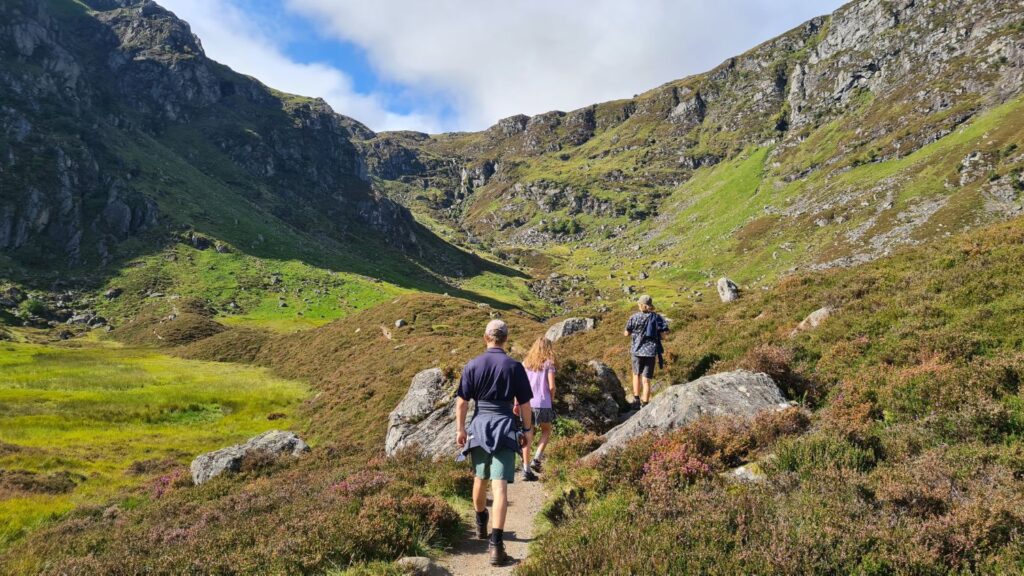
1 | Choose A Family-Friendly Hiking Trail
Don’t be tempted to go too big too fast! Make sure you choose trails suited to your family’s hiking ability. You should consider the distance, difficulty, terrain, ease of navigation and fitness levels.
Short, easy trails to a playpark, café, or other area of interest are a great way to start hiking. Over time, the distance can increase, keeping your hikes enjoyable for everyone.
National parks have well-marked trails that are usually suitable for families. During school holidays, they may also offer guided family hikes, a great way to learn about nature and the environment.
2 | Plan Hikes Together As a Family
Plan your route together to build enthusiasm with your kids. Apps like AllTrails can help you find and navigate your adventure, detailing routes that include length, type, and hiker reviews.
Help your kids develop new map-reading skills by plotting your hike with them.
Before trekking, check the weather forecast and trail conditions. Hiking is a year-round activity, but make sure you are well prepared, whatever the season.
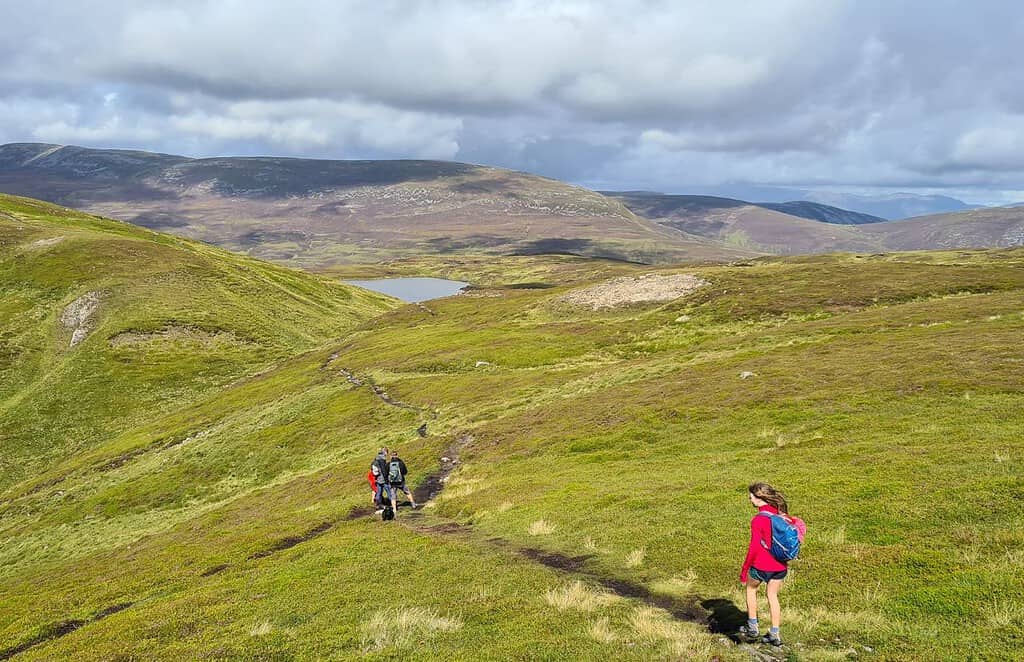
3 | Start with short & easy hikes
Start with short, easy walks before increasing the level of challenge as your kids get older and more experienced. Set realistic expectations based on your family’s current ability and repeat hikes your kids have enjoyed before adding new ones.
Don’t hold back on adding longer or more challenging hikes (within your level of competence), as your kids will likely adapt quickly! Have confidence in your family’s ability, your kids may surprise you with how much they can achieve.
4 | Backpack Essentials + Snacks & Fluid!
Pack healthy on-the-go snacks, lunch, and fluids in reusable bottles to boost energy and hydrate when needed. Remember to dispose of all waste (even biodegradable) appropriately. Many hiking trails require you to take your waste away with you.
Your kit requirements will vary depending on the duration and location and, of course, the weather. Ensure you have at least one rucksack with you to carry the essentials. Our kids didn’t start carrying their own hiking kit until they were about eight years old, allowing them to move more freely and travel further.
Basic hiking backpack should include a hat, sunscreen, waterproofs, and extra layers for changing weather conditions. A small first-aid kit, including plasters and antiseptic wipes to keep you moving. Food and water.
We always carry a map, compass and torch whenever we trek at heights. Even relatively small hills can pose a challenge, especially if the weather is poor.
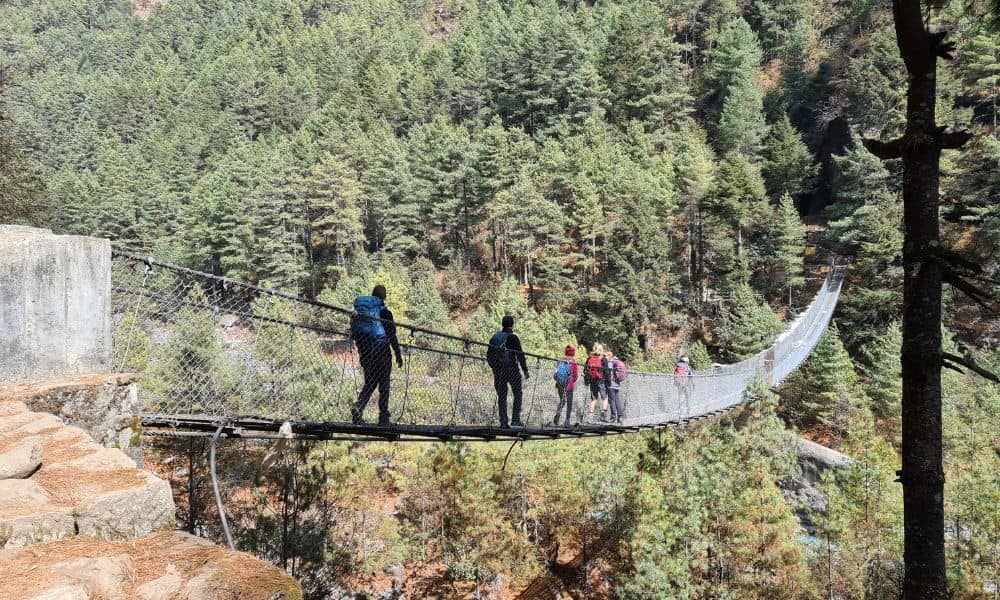
5 | Dress Appropriately
Ensure the whole family dresses in a comfortable, durable kit suitable for the conditions. Purchasing specific hiking gear for kids other than waterproof hiking boots or shoes is not essential.
This is best done by wearing comfortable, weather-appropriate layered wicking clothes. Protection from sun, wind, rain, and snow is important when choosing a hiking kit.
General hiking clothes includes a wiking base layer, mid-layer, wind/waterproof outer layer with trousers or shorts, and hiking socks. Add extra layers as required.
6 | Start Hiking Early In The Day
Starting your hike in the morning has advantages, including fewer hikers on the path and the possibility of gaining spectacular golden hour views.
Kids will also have more energy, be less tired, and you’ll be able to break more often without worrying about time restraints to complete the hike before its gets too late.
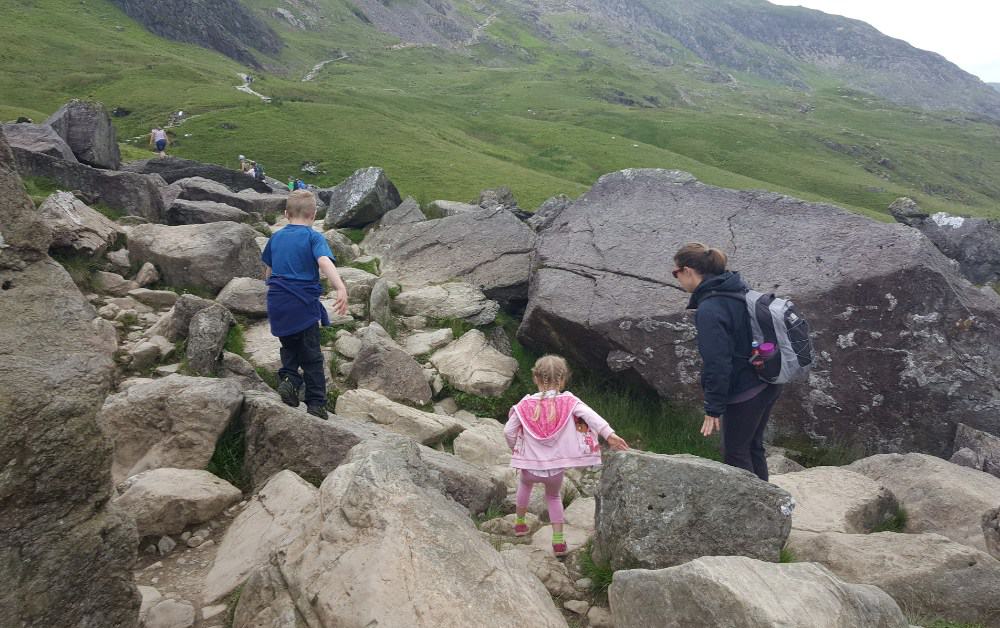
7 | Set a Comfortable Pace
Kids will start with a lot of energy, but they have shorter legs than adults, so the speed and distance they can cover will typically be slower and shorter.
Choose a comfortable pace and be guided by the slowest hiker.
Resist carrying children over age four; be patient, giving them time to build stamina rather than pushing too hard.
8 | Take Breaks
Let your kids decide when a break is required rather than setting a time. They might just want to enjoy the scenery, stop for snacks, or just pause for a breather. If they request too many, play games to encourage them to complete the hike.
Taking a break will reenergize kids mentally and physically to walk further.
Make sure you set off early enough to be able to hike before dark with as many breaks as required.
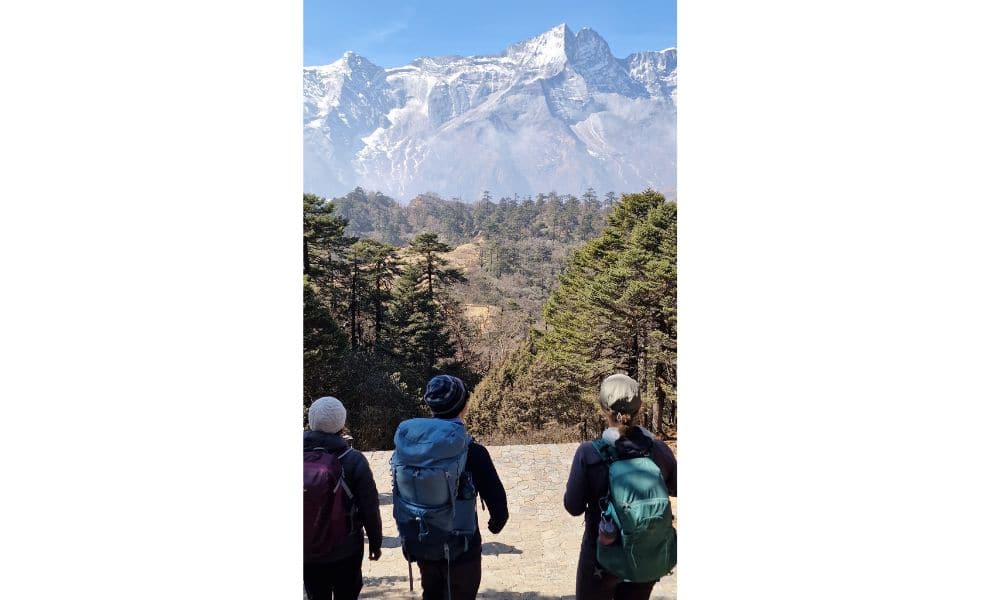
9 | Keep Hiking Fun
Hiking should be fun and enjoyable; otherwise, pursuing a different family activity is best. Challenges are required, but kids will request more hiking adventures if they have a fun experience.
For a positive hiking experience, engage your family in conversation, storytelling and activities while exploring the route. Kids love scavenger hunts to find natural items, bird watching, singing together, even mental maths games while trekking to keep it interesting.
Reinforce positive achievements of during and on completing the hike with praise or a treat.
10 | Hike With Other Families
We often hike with other families, have a picnic and the kids would happily play and race along the route. This is exactly how we got our kids to enjoy hiking at a young age.
Having other hikers also adds an element of friendly competition to complete the hike quickest without tantrums.
Our kids were more interested in hiking adventures knowing our plans were to meet up with friends as opposed to the times we hiked solely as a family. As our experience grew, we found kids interacted with other hikers and dogs along the way, making even solo family hike fun and engaging.
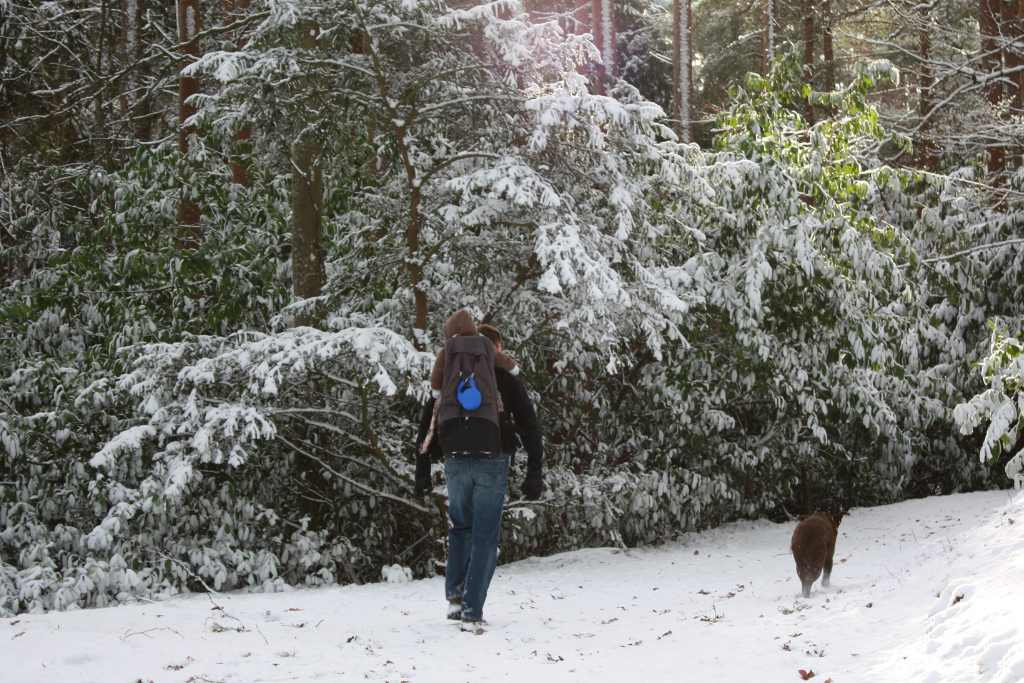
11 | Hiking Safety With Kids
Safety when hiking is important for the environment and walkers, especially as your trails increase in complexity.
Marked routes are there to prevent environmental damage and to avoid getting lost. Some hiking trails have steep drops, rough terrain, boulders, or waterways that may be hazardous if caution is not practised. Ensure everyone knows basic first aid and what to do in an emergency.
Always inform a non-hiking friend of your plans so an alert can be made in an emergency.
12 | Capture Hiking Memories
Take a camera, drone or smartphone for photos to capture your hiking adventure. This allows you to create memories and share your achievements with family and friends.
Our weekend family hikes often became show-and-tell topics at school and photos are displayed around at home.
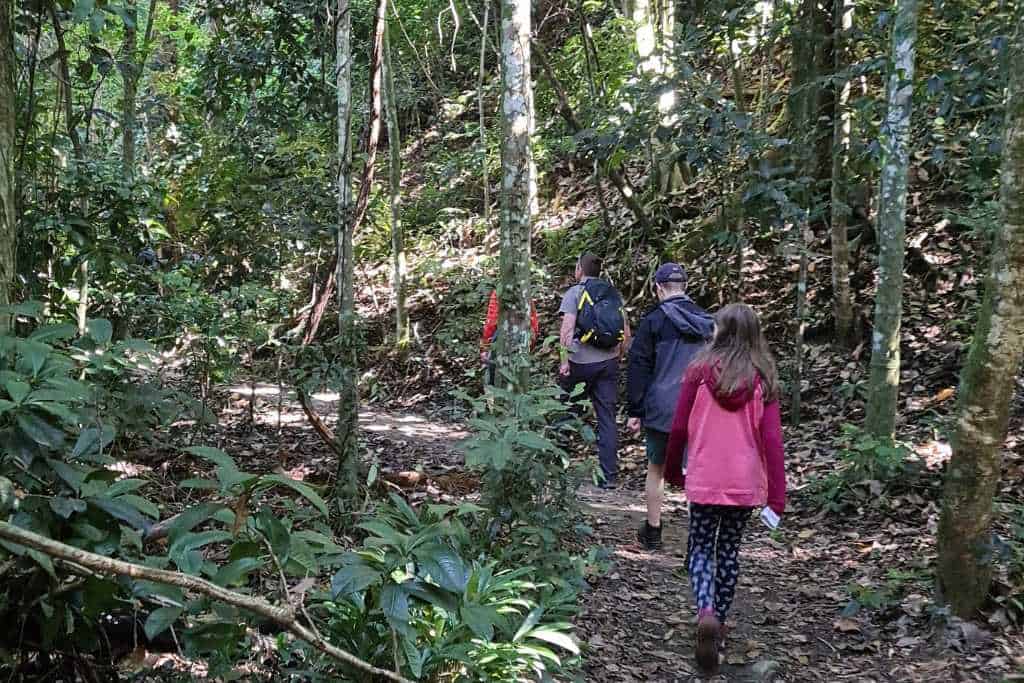
13 | Be Prepared To Change Your Route
If your hike does not go as planned due to the weather, being too difficult, resistance to walk, not enjoying it, or being unprepared, it’s okay not to complete the route.
Turning around or changing direction for an easier route is not a failure; you can always return later when the hike is more suitable.
14 | Plan A Future Hike
Quite often, we plan our next hike before completing our current one, especially when we’re having an enjoyable adventure hiking with friends.
Normalise hiking as part of your family routine in your local area and add routes even on holidays.
Reflect on your hike as a family, make any tweaks needed and plan for your next one. Gradually increase the difficulty and distance as your kids become more confident and capable hikers, which will open you up to planning more technical multi-day hikes.
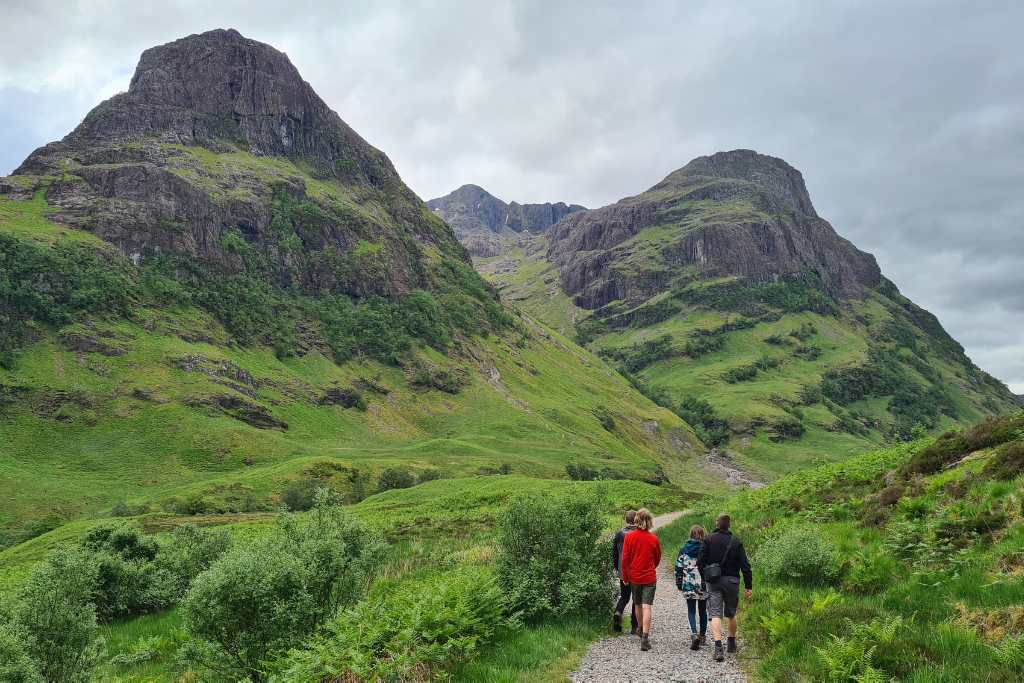
What age is best To start hiking with kids?
Hiking as a family can start before children are physically able to walk. Babies and toddlers can participate in family hikes by using durable child carriers.
We recommend that families start hiking when kids are young so it becomes a natural pastime and part of their normal family routine. If your kids are older, you can start hiking longer distances quicker, but it can be more challenging initially while they adapt.
Walking has been part of our children’s lives since they were babies. Initially, walking included playparks as a destination, but since age 3, we have been hiking hills, the most challenging of which was an 11-day hike in Nepal as teenagers.
The key is to start with easy trails and gradually increase the difficulty and length as your children become more comfortable and confident outdoors.
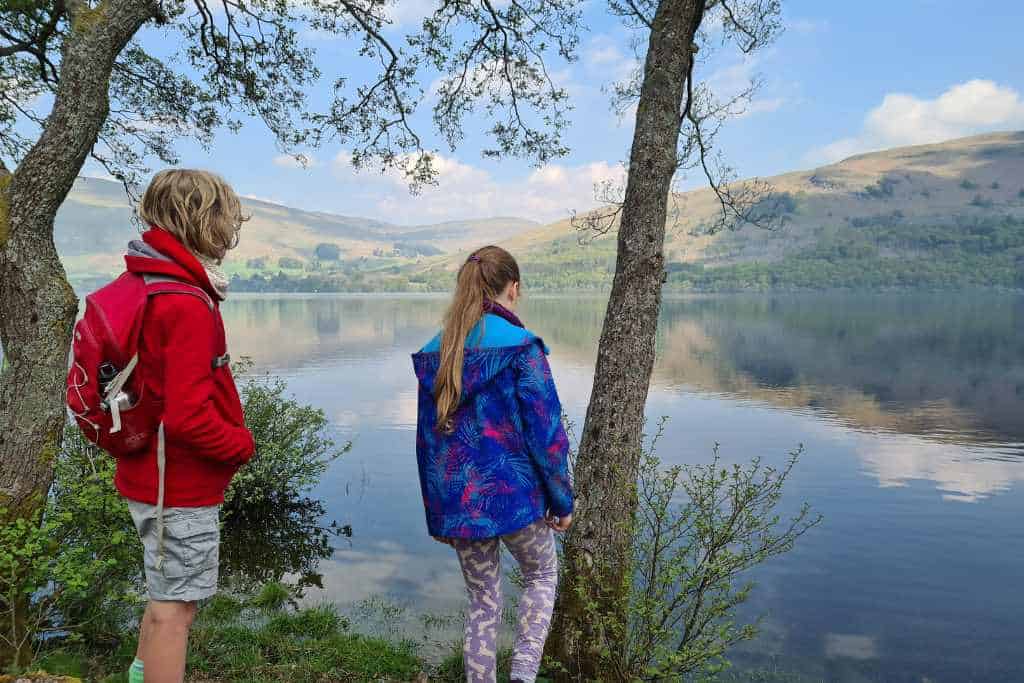
Final Thoughts | Hiking With Children
Going hiking with kids is much more than just a walk. We take every opportunity to explore when we travel and by going off the beaten track we’ve found beautiful waterfalls, exotic wildlife and stunning views you just wouldn’t see from the road.
Even very young kids can go hiking with the right preparation and kit. A backpack child carrier is an excellent way to get them out, even before they can walk. For us, hiking is an opportunity to spend time with our kids in nature, have uninterrupted conversation and create memories that they will carry throughout their lives.
Read More: Hike Ben Nevis with kids, Hike Everest Base Camp with kids, Family hikes in Scotland or family activities
